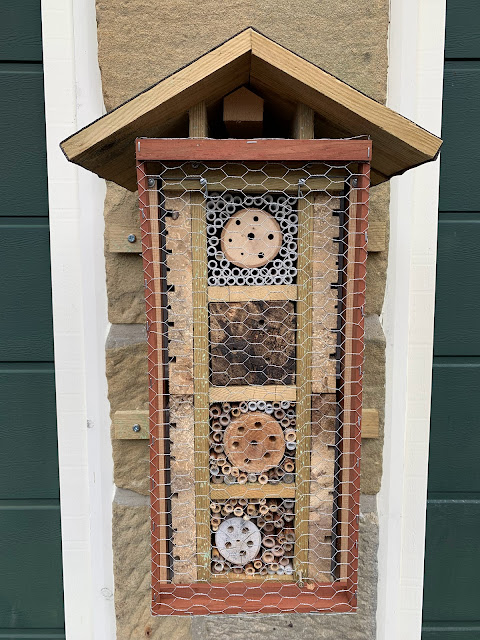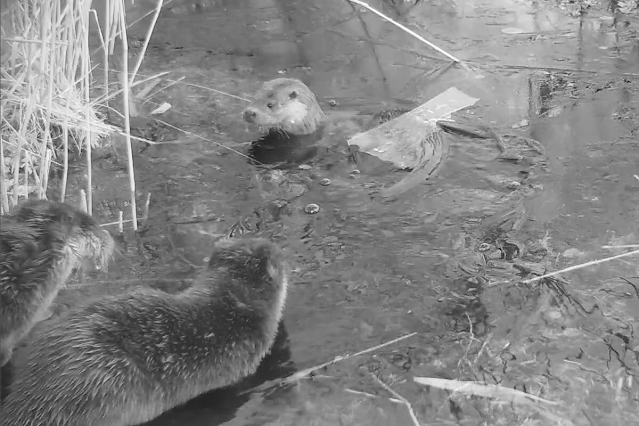These are not recent pictures but they have not been published before. A couple of winters ago I had very privileged access to an artificial holt. It was difficult to get to and I was wary of visiting too often for fear of spooking any otters that might be using it. In the end I left the camera for a few weeks at a time but found it was mostly filled with recordings of ducks and geese. It also recorded plenty of passing deer, foxes and badgers but fortunately there were a few otter sightings as well. The holt wasn't used regularly by otters, but was just an occasional stop-over place. There were very few daytime recordings but this was one.
Here is a brief montage of four night-time sightings. In the last one an otter ran into the holt but then heard a rat running overhead and came out immediately to give chase. I don't know if the pursuit was successful as it didn't return.
I may see if I can put a camera there again one day. My greater ambition would be to find a natural natal holt with mother and cubs.
































